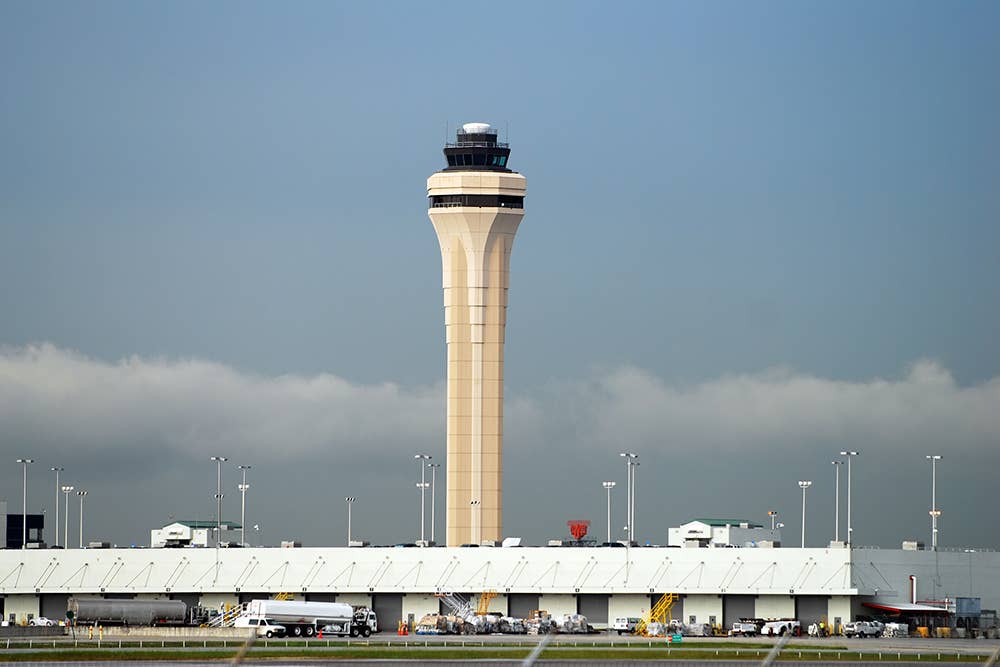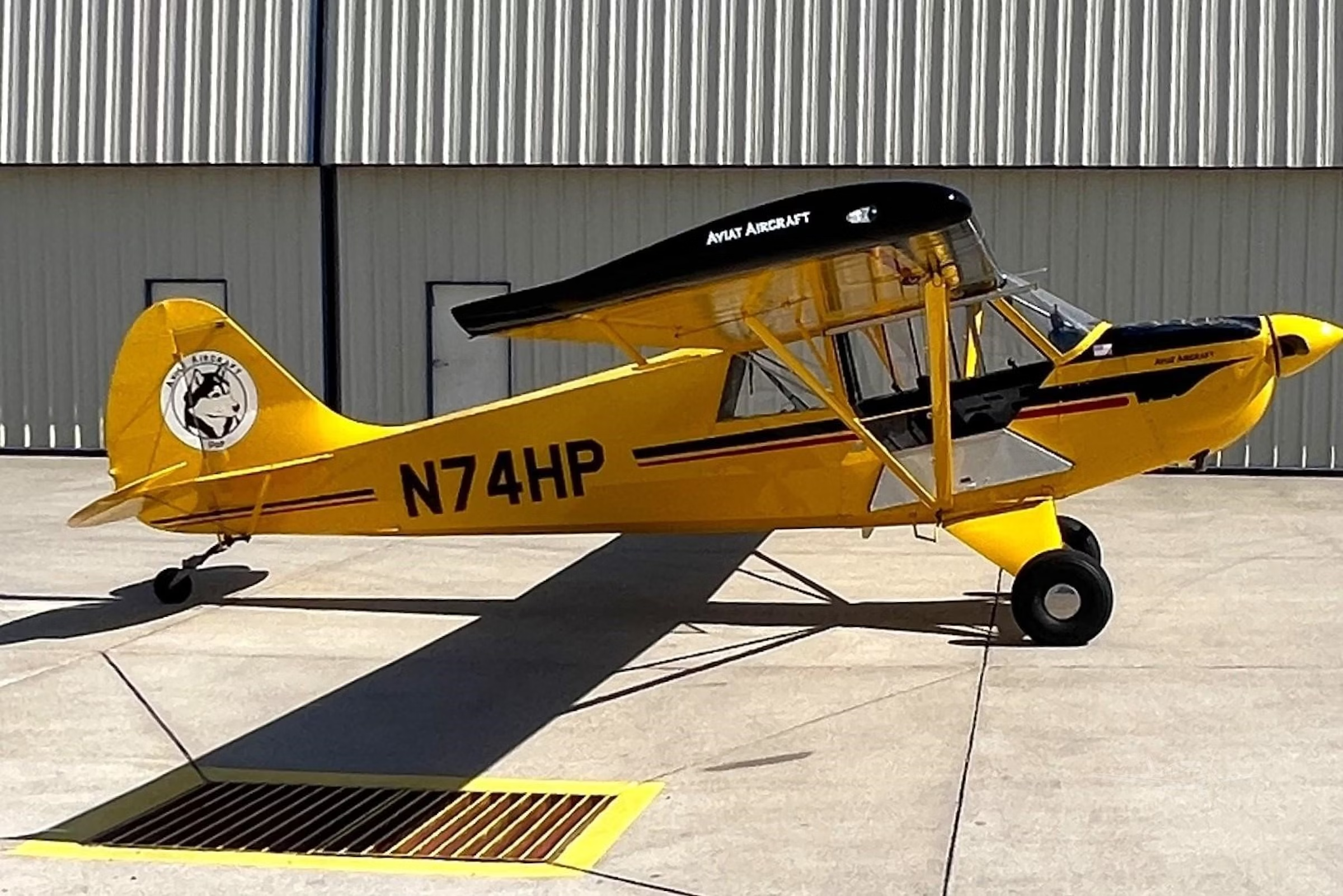
A half-inch-long crack in a turbine engine blade prompted the Pentagon to ground the fleet of 51 Lockheed Martin F-35 fighters on Friday, the latest black eye for the troubled and oft-delayed military jet program.
Engineers at Pratt & Whitney planned to conduct a detailed examination of the turbine blade on the F135 engine as soon as it arrives at the company’s Connecticut facility. The Pentagon suspended all flights of the F-35 after a borescope inspection last week revealed the crack in the third-stage low-pressure turbine blade deep within the engine after a test flight at Edwards Air Force Base in California.
The discovery of the blade crack comes five years after the first flight of the F-35B short takeoff and vertical landing (STOVL) variant was delayed by several months due to fatigue-related blade failures in the third-stage LPT. This latest crack was discovered only days after the F-35B returned to flight following a 25-day grounding caused by a fueldraulics failure.
Two previous incidents with the third-stage low-pressure turbine blades resulted in previous F-35 groundings, the first time in 2007 and again in 2008. Those incidents, which both occurred in the F-35B vertical-takeoff variant, were traced to high-cycle fatigue.
The F-35 Lightning II is seven years late and 70 percent over budget as the predicted costs for the program have soared to more than $1 trillion. The U.S. military eventually plans to buy more than 2,000 Lightning IIs.

Sign-up for newsletters & special offers!
Get the latest FLYING stories & special offers delivered directly to your inbox






